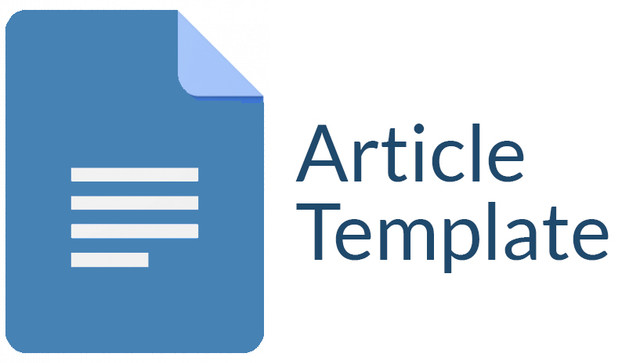Workshop Peningkatan Kompetensi Guru Sekolah Dasar Dalam Mengembangkan Media Pembelajaran Berbasis Digital Di Desa Suratmajan
Keywords:
community service, teacher competence, digital learning mediaAbstract
The development of the industrial revolution 4.0 era and the Merdeka Learning policy requires educators to have the ability to be adaptive to changes in digital technology in the learning process. However, the reality is that there are still many teachers in rural areas who experience a digital competency gap so that they are not able to integrate technology optimally in teaching and learning activities. This community service activity aims to improve the competence of elementary school teachers in Suratmajan Village, Magetan Regency, in designing and developing creative and interactive digital-based learning media. The implementation method uses a participatory approach through hands-on workshop-based training, which involves interactive lecture stages, application use demonstrations, guided practices, and project-based learning. This activity resulted in a significant increase in teachers' skills in using digital platforms such as Canva and Quizizz to create innovative teaching media. In addition, this activity also builds teachers' confidence and creativity in innovating, as well as producing digital learning media products that are ready to be used in the classroom. The impact felt includes improving the quality of learning, active student involvement, and strengthening digital culture in the school environment. This program is expected to be a model for teacher empowerment that can be replicated in other regions in an effort to equalize the quality of technology-based education.
Downloads
References
Adha, M. M., Siskandar, R., & Sobri, M. (2022). Implementasi pendidikan karakter Adesope, O. O., & Nesbit, J. C. (2018). The effect of interactive technology on preschoolers' literacy skills: A meta-analysis. Review of Educational Research, 88(3), 391–427.
Bingham, G. E., & Drolet, L. A. (2019). Tablet-based apps and their effect on early literacy development. Early Childhood Education Journal, 47(1), 1–11.
Bus, A. G., & van IJzendoorn, M. H. (1995). Phonological awareness and early reading: A meta-analysis. Journal of Educational Psychology, 87(3), 481–492.
Couse, L. J., & Chen, D. W. (2010). A tablet in every student's hand: Developing a model for technology integration in an early childhood teacher education program. Early Childhood Education Journal, 37(6), 461–467.
Druin, A., Foss, E., & Hatley, L. (2018). Technology in early childhood education: Research and practice. Routledge.
Fisch, S. M., et al. (2021). The ABCs of educational media. Child and Adolescent Psychiatric Clinics of North America, 30(2), 241–255.
Hough, S., & Smothers, S. K. (2016). Integrating technology into the early childhood classroom. Routledge.
Jalongo, M. R., & Isenberg, J. P. (2015). Exploring your role in a world of learning: A guide to professional conduct for the early childhood educator. Pearson.
Kucirkova, N., & Sawyer, K. (2017). The role of technology in early literacy education: A developmental perspective. Journal of Educational Psychology, 109(6), 801–815.
Lenhart, A. (2015). Teens, technology, and friendships. Pew Research Center.
McClure, G., et al. (2019). The effects of a digital literacy curriculum on kindergarten students' literacy skills. Journal of Educational Computing Research, 57(5), 1182–1204.
Downloads
Published
Issue
Section
License

This work is licensed under a Creative Commons Attribution-ShareAlike 4.0 International License.
Authors who publish with this journal agree to the following terms:
1. Copyright on any article is retained by the author(s).
2. The author grants the journal, right of first publication with the work simultaneously licensed under a Creative Commons Attribution License that allows others to share the work with an acknowledgment of the work’s authorship and initial publication in this journal.
3. Authors are able to enter into separate, additional contractual arrangements for the non-exclusive distribution of the journal’s published version of the work (e.g., post it to an institutional repository or publish it in a book), with an acknowledgment of its initial publication in this journal.
4. Authors are permitted and encouraged to post their work online (e.g., in institutional repositories or on their website) prior to and during the submission process, as it can lead to productive exchanges, as well as earlier and greater citation of published work.
5. The article and any associated published material is distributed under the Creative Commons Attribution-ShareAlike 4.0 International License









